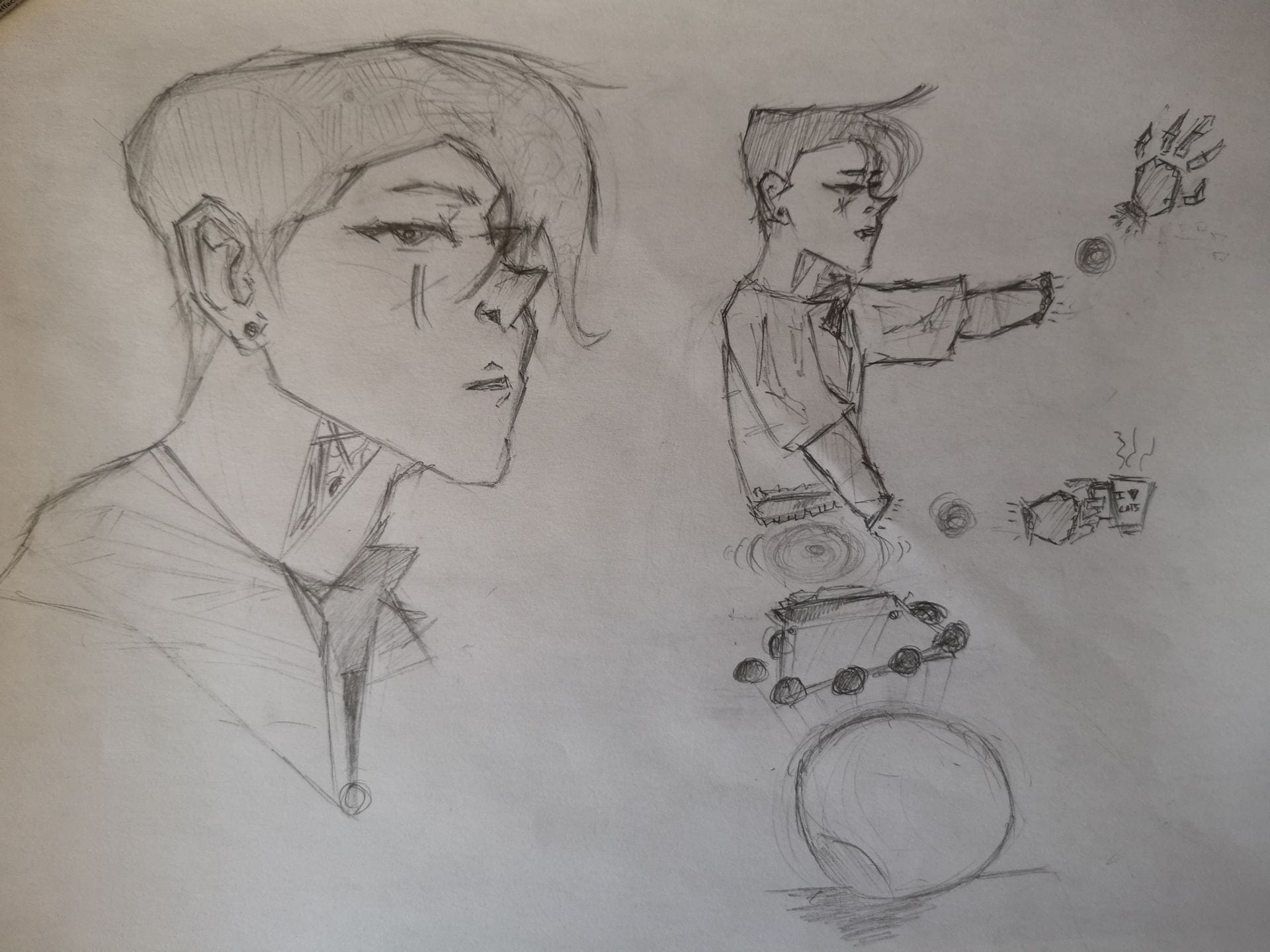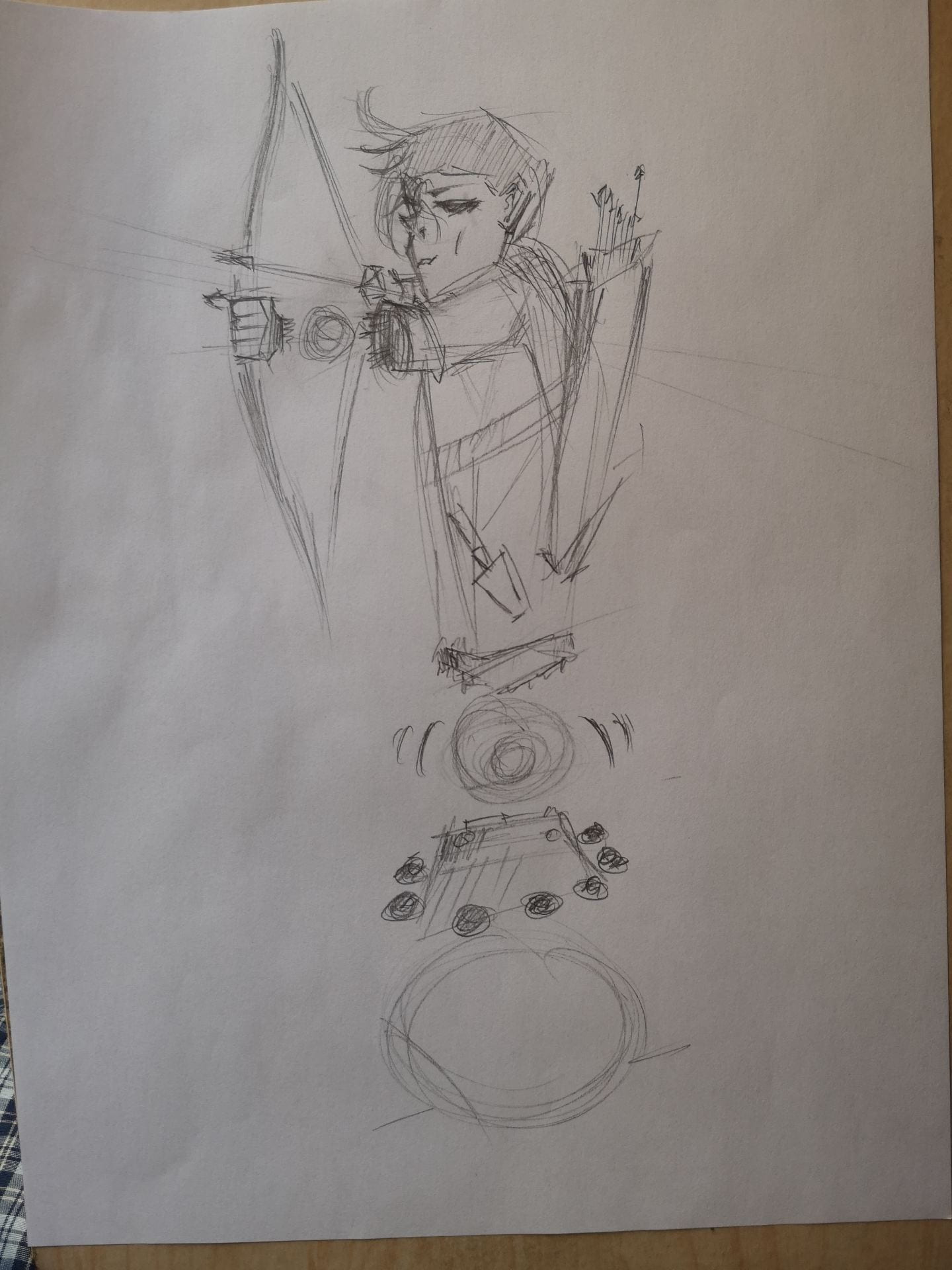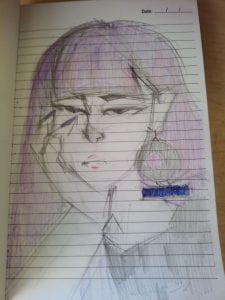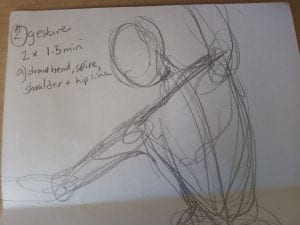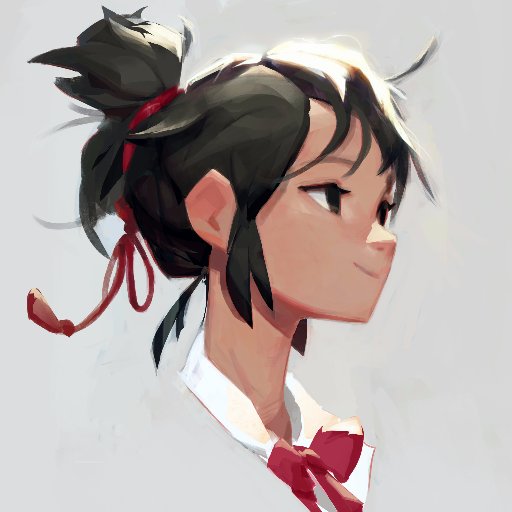John C Maxwell, 3 Nuggets Reflection
Nugget 1:
-
Leaders are big-picture thinkers.
This nugget illustrates that as a Leader you think bigger and see more things than the people you work with, and it is your job to be able to communicate those ideas and teach the people you’re working with how to paint and admire the bigger picture as well. And as a Leader you also see incoming problems and successes before others, and it is also your job to warn your group before this happens. Additionally, you can comprehend abstract concepts better than anyone else. And you see all challenges and projects through multiple different views and lenses, a bigger picture. Hence the name “big-picture thinkers.” Not only this, bigger-picture thinkers know what they want their end result to look like, which means they can set appropriate goals for the group. Being a big-picture thinker is relevant because it defines effective and in-depth leadership, it’s a significant skill that is key to good leadership. It’s important to me as I like to exercise this skill as much as I can. I use this skill during leadership planning to first, set a goal for the group, and second, give the group as many ideas as I can think of and try to remind the group to approach planning in different ways. On the upcoming trips I will use big-picture thinking to plan our trips more creatively and effectively, and to make sure to help grade 9’s see the different sides of the coin and the rest of the picture. Such as lessons on why these trips are important to the TALONS community, and why planning needs to be so thorough (to make the trips fun and safe of course.)
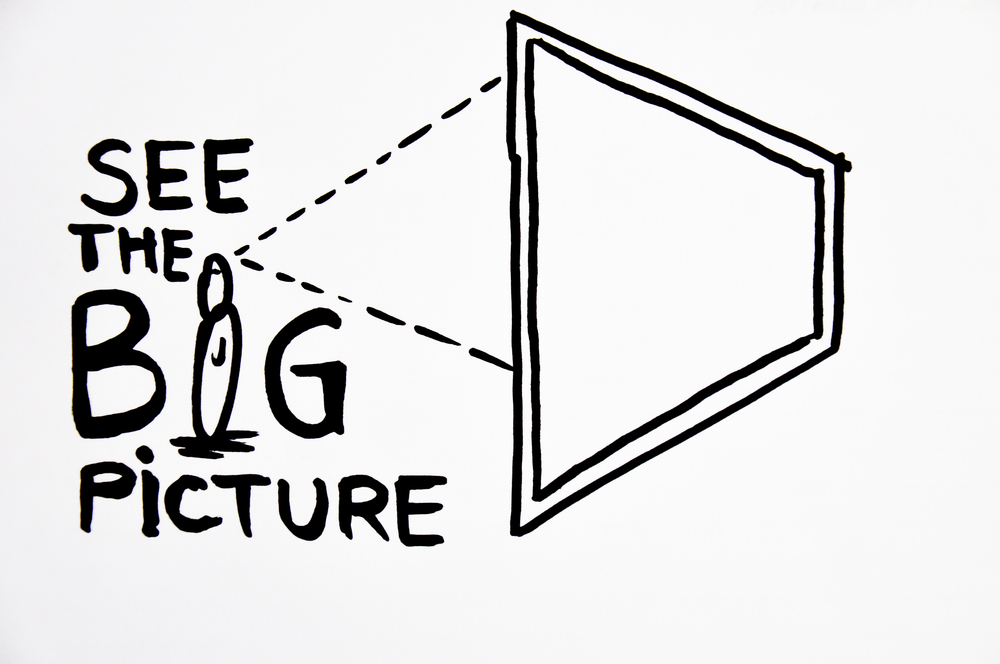
Image Source: https://lsaglobal.com/blog/3-strategic-thinking-behaviors-better-see-big-picture/
Nugget 2:
-
A Pint of example is equal to a Gallon of Advice
This nugget explains how showing others what something is and what it means is way more productive and helpful than telling them without an example. For instance, I can tell one of the Grade 9’s how to write forms for a leadership event or trip, and hope they understand what I’m saying and implement it correctly. However, advice has a few fatal flaws. First, everyone approaches advice differently, I might give advice that means one thing, but someone might take it as a totally different thing. Second, advice isn’t always complete. It’s very hard to give in detail, step by step instructions on how to do anything. Without those instructions, how can you be sure that anyone is doing what you asked them to do correctly. Example is much better than advice as you can physically show someone what you want them to do instead of giving them instructions. Hence the idea of “A pint of example is equal to a gallon of advice.” This metaphor is very similar to the saying of “a picture is worth a thousand words.” People do what people see more than people do what people hear. This is important in leadership as it’s advice for leaders to show people they’re working with on what to do and how to do it instead of giving them instructions and nothing else. I can use this on upcoming leadership planning by stepping up and showing the 9’s the how to’s. I made sure to use plenty of examples while planning the fall trips by actually partially writing on the draft form to show the 9’s how to write one and showing the 9’s past Go-Gear checklists as well instead of just telling them how to make one. This isn’t only an important part of leadership, but in everyday life as well. Show, don’t tell. I use this all the time teaching my little sister how to do math, or even playing volleyball.

Image Source: https://keepcalms.com/p/keep-calm-and-give-examples/
Nugget 3:
-
Work on yourself more than you work on others.
This nugget describes the significance of why you must work on yourself more than you work on others, because your leadership challenges start with yourself and change with yourself. To help others, you must first learn to help yourself. And to lead others, you must first learn to lead yourself. This is because how can you expect to lead other people when you yourself don’t have good leadership qualities, or how do you expect to teach others when you yourself do not know what you’re teaching. As a leader it is your job to first, learn the material you’re teaching, and to show improvement in yourself before you want to improve others. You can’t show effective leadership if you aren’t an effective leader. This nugget is very relevant to me because I used to find myself leading a group that I’m either not capable of leading, either through experience or lack of knowledge (or both), or I’m just not a reliable leader. There have been many group projects in middle school where I tried to delegate tasks and make sure everyone was doing their jobs. Sometimes these projects went super smoothly, but ironically enough, after doing my best to lead the group, I myself contributed the least and didn’t do what I told others to do. After experiencing multiple instances of this happening, I can now recognize the importance of improving oneself before getting others to do the same. On future TALONS trips, I’ll make sure I know what I’m doing and to test if I’m ready to lead the 9’s. But most importantly, I will continue to hone and improve my leadership skills. Have it be through volunteering to lead outside of the timetable or just focusing on being a better person in general.

Image Source: https://www.inc.com/the-muse/how-to-stand-out-crowded-meeting-great-leaders-run-meetings-like-this.html
Sources:
Maxwell, J. C. (2014). Developing the leaders around you, Participant Guide. The John Maxwell Company.
Comment below on why you think these nuggets are important to you!
